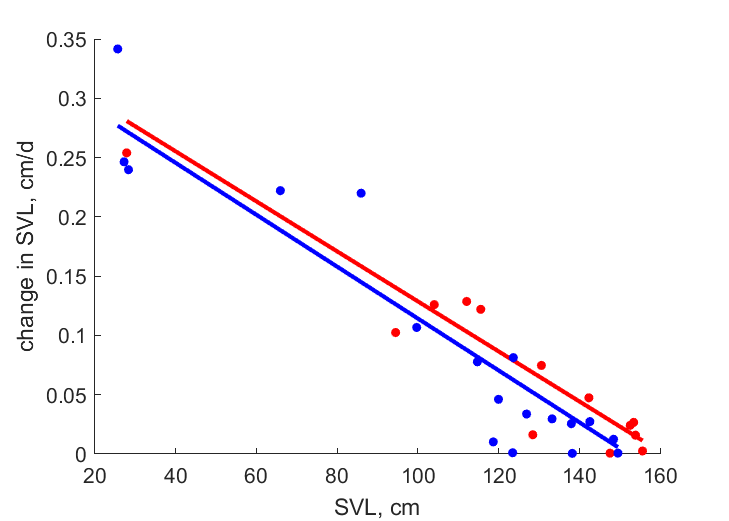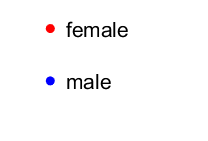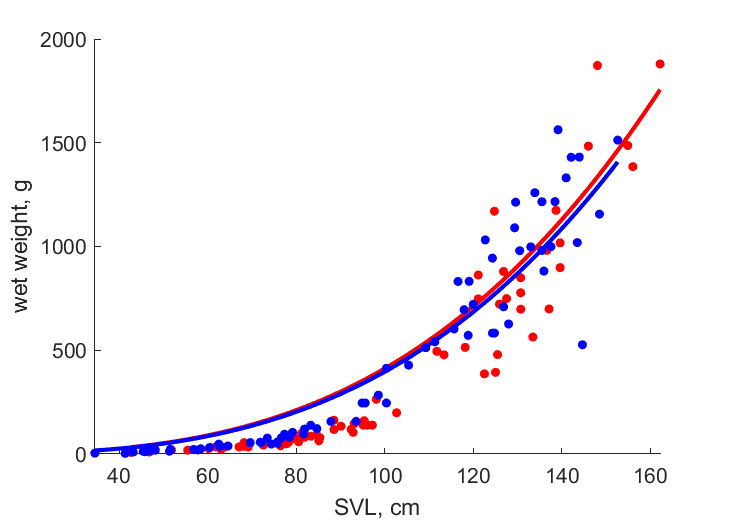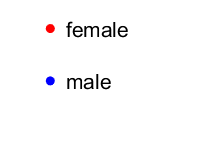Predictions & Data for this entry
| Model: std | climate: Am | migrate: | phylum: |
| COMPLETE = 2.6 | ecozone: TPi | food: biCv | class: |
| MRE = 0.162 | habitat: biTf | gender: Dg | order: |
| SMSE = 0.065 | embryo: Tnt | reprod: O | family: |
Zero-variate data
| Data | Observed | Predicted | (RE) | Unit | Description | Reference |
|---|---|---|---|---|---|---|
| ab | 57 | 58.73 | (0.03034) | d | age at birth | Chai2011 |
| am | 8942 | 8942 | (6.852e-05) | d | maximum life span | AnAge |
| Lb | 27.5 | 26.57 | (0.03367) | cm | SVL at birth | Chai2011 |
| Lp | 100 | 100 | (0.0003587) | cm | SVL at puberty | Chai2011 |
| Li | 165 | 161 | (0.02437) | cm | ultimate SVL for females | Chai2011 |
| Lim | 145 | 152.2 | (0.04939) | cm | ultimate SVL for males | Chai2011 |
| Ri | 0.03151 | 0.03155 | (0.001224) | #/d | reprod rate at SVL 136.7 cm | Chai2011 |
Uni- and bivariate data
| Data | Figure | Independent variable | Dependent variable | (RE) | Reference |
|---|---|---|---|---|---|
| LdL_f |   | SVL | change in SVL | (0.2633) | Chai2011 |
| LdL_m |   | SVL | change in SVL | (0.2884) | Chai2011 |
| LW_f |   | SVL | wet weight | (0.4045) | Chai2011 |
| LW_m |   | SVL | wet weight | (0.2524) | Chai2011 |
| tLe |  | age | embryo SVL | (0.1367) | Jack2002 |
Pseudo-data at Tref = 20°C
| Data | Generalised animal | Naja kaouthia | Unit | Description |
|---|---|---|---|---|
| v | 0.02 | 0.04896 | cm/d | energy conductance |
| kap | 0.8 | 0.9706 | - | allocation fraction to soma |
| kap_R | 0.95 | 0.95 | - | reproduction efficiency |
| p_M | 18 | 92.28 | J/d.cm^3 | vol-spec som maint |
| k_J | 0.002 | 0.002 | 1/d | maturity maint rate coefficient |
| kap_G | 0.8 | 0.801 | - | growth efficiency |
Discussion
- Males are assumed to differ from females by {p_Am} only
- In view of embryo length at zero, embryo development starts while the egg is still in the mother
Bibliography